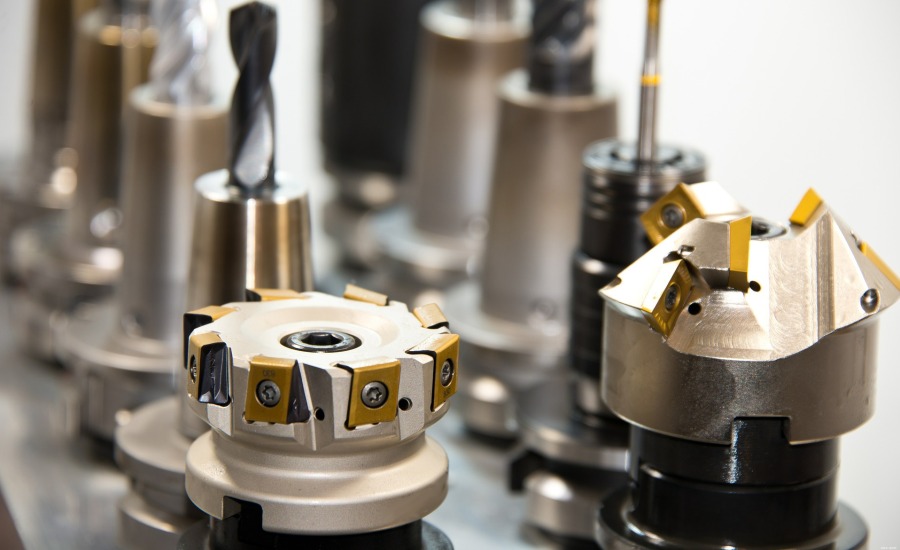Core Tip: During die casting production, the mold is repeatedly subjected to the action of cold and heat stimulation, causing deformation and mutual tension between the formed surface and its interior, resulting in repeated cyclic thermal stress. This leads to damage to the organizational structure and loss of toughness, leading to the occurrence and continued expansion of microcracks. Once the crack expands, molten metal is squeezed in, and repeated mechanical stress accelerates the crack propagation. Therefore, on the one hand, the mold must be fully preheated at the beginning of die casting.
1.Thermal fatigue cracking damage failure
During die-casting production, the mold is repeatedly subjected to the action of cold and heat stimulation, causing deformation on the formed surface and its interior, which leads to repeated cyclic thermal stress. This leads to damage to the organizational structure and loss of toughness, leading to the occurrence and continued propagation of microcracks. Once the crack expands, molten metal is squeezed in, and repeated mechanical stress accelerates the crack propagation. Therefore, on the one hand, the mold must be fully preheated at the beginning of die casting. In addition, during the die-casting production process, the mold must be maintained within a certain operating temperature range to avoid early cracking and failure. At the same time, it is necessary to ensure that there are no internal issues before and during the production of the mold. In actual production, most mold failures are caused by thermal fatigue cracking.
2.Fragmentation failure
Under the action of injection force, cracks will initiate in the weakest part of the mold, especially when the marking marks or machining marks on the mold forming surface are not polished, or small cracks will first appear at the formed corners. When there are brittle phases or coarse grains at the grain boundaries, it is easy to fracture. When brittle fracture occurs, the crack propagation is rapid, which is a very dangerous factor for the fragmentation failure of the mold. For this reason, on the one hand, any scratches, machining marks, etc. on the mold surface must be polished, even if it is in the pouring system area, it must also be polished. In addition, it is required that the die materials used should have high strength, good plasticity, good impact toughness and fracture toughness.
3.Dissolution failure
The commonly used die-casting alloys include zinc alloy, aluminum alloy, magnesium alloy, and copper alloy, as well as pure aluminum die-casting. Zn, Al, and Mg are relatively active metal elements, which have good affinity with mold materials, especially Al which is easy to bite the mold. When the hardness of the mold is high, the corrosion resistance is good, while if there are soft spots on the formed surface, the corrosion resistance is unfavorable.







